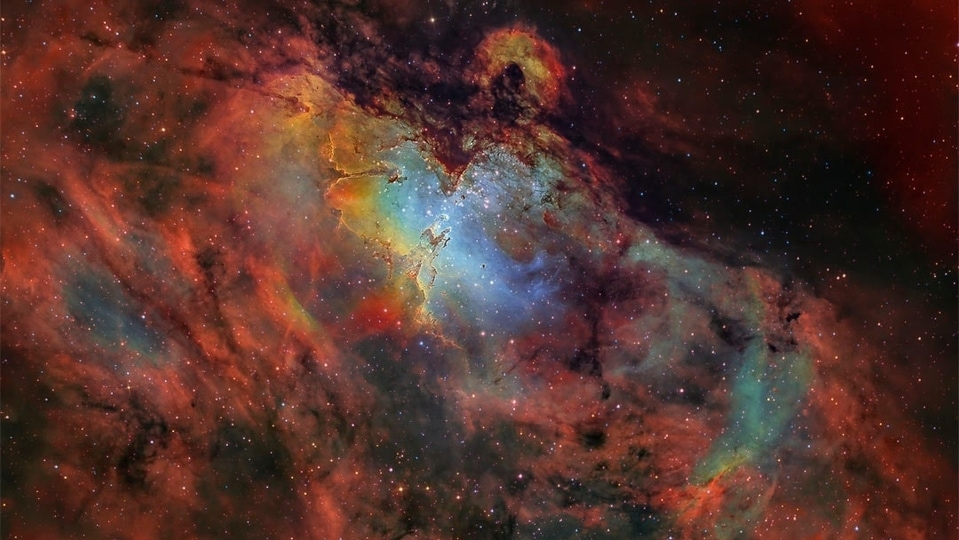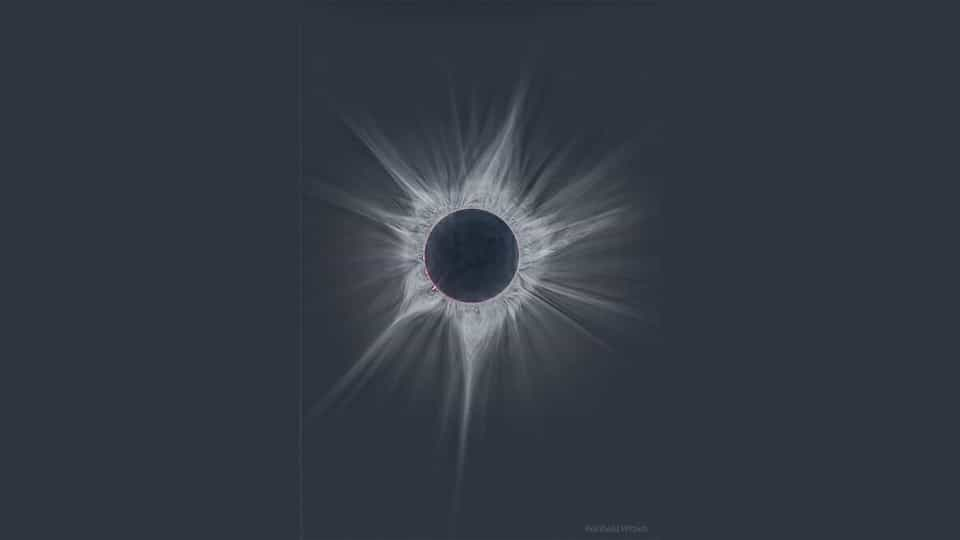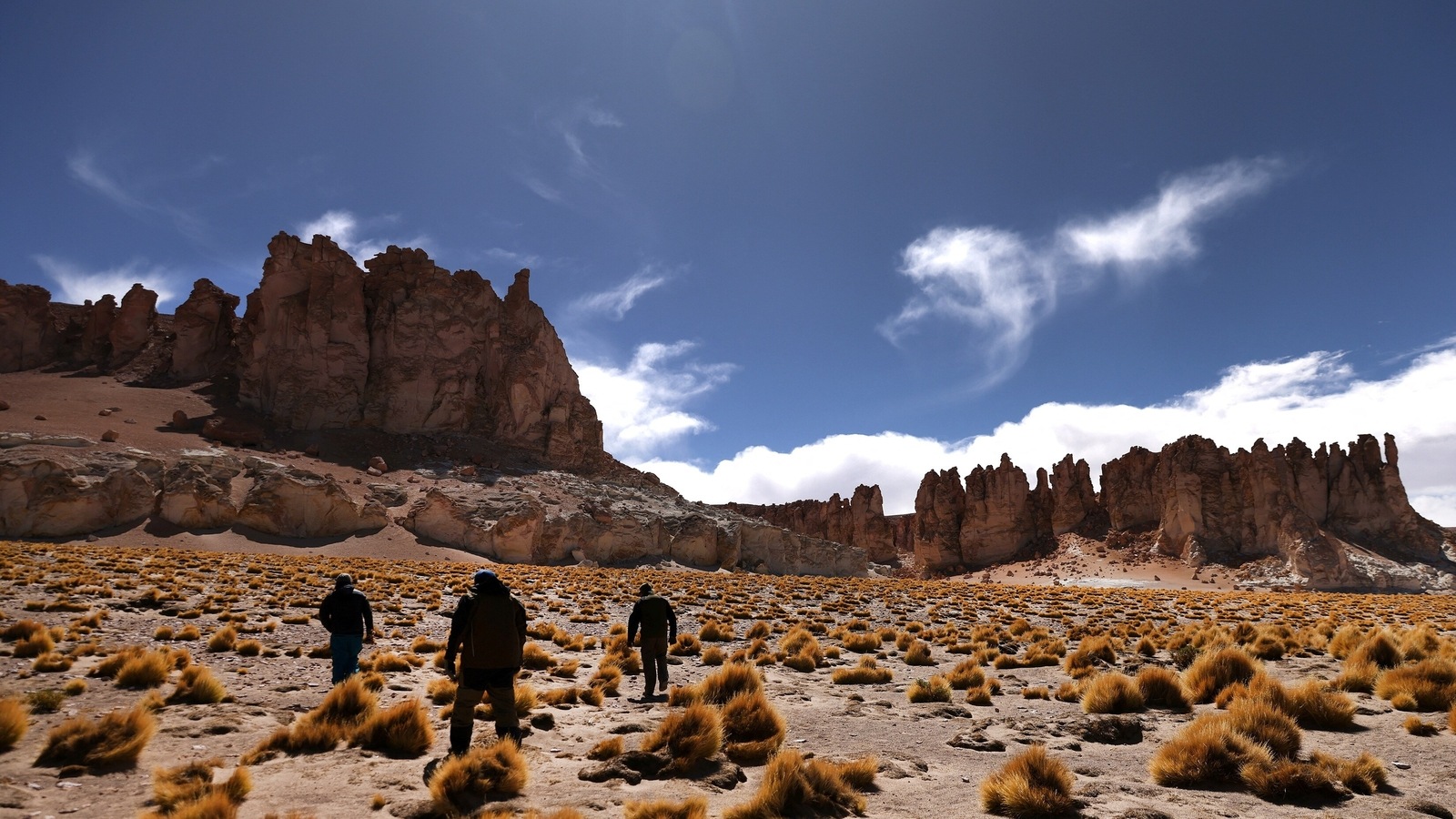Venus on Earth? The sunniest spot on our planet is in Chile
Yes, Venus-like hellish conditions are there on Earth, say scientists and it is in this place in Chile.






 View all Images
View all ImagesVenus is a planet known for its un-Earthly temperatures. NASA says surface temperatures on Venus are about 900 degrees Fahrenheit (475 degrees Celsius). However, on planet Earth, there is a sun-soaked hellish place on our planet too and it is nestled in the heart of Chile and it is as sunny as the surface of Venus. But it is not the temperature that makes it so, it is the radiation hazard.
Scientists have recently disclosed that a desert in the vicinity of the Andes Mountains officially holds the title of the sunniest place on Earth. Situated in the Atacama Desert in northern Chile, the Chajnantor Plateau, standing tall at over 15,700 feet (4,800 meters) above sea level, boasts unparalleled levels of sunlight due to its remarkably cloudless conditions, according to a Washington Post report.
A Glimpse into Venus-like Radiance
The intensity of sunlight on the Chajnantor Plateau is so potent that being there is akin to experiencing the solar radiance found on the planet Venus. This astonishing revelation stems from an analysis conducted by researchers from the University of Santiago, who examined the region's climate and weather patterns.
Atacama Desert, Chile
The Atacama Desert, with its exceptionally arid and rainless conditions, experiences minimal cloud cover. Consequently, the Chajnantor Plain receives an abundance of sunlight.
During the summer months, average temperatures hover slightly above 39.2°F (4°C) due to the adjacent Pacific Ocean receiving frigid water currents from Antarctica. This mitigates the desert heat, making it a relatively chilly desert by day, despite its immense sunlight. However, this desert location is not an ideal spot for leisurely sunbathing.
An Extreme Solar Experience
In such extreme conditions, conventional sunscreens like Factor 20 prove inadequate to protect against sunburn. The sun's intensity at this location is unparalleled anywhere else on Earth, making it a unique and extraordinary scientific discovery.
Raul Cordero, a study author, remarked on the findings, stating, 'The radiation you would be receiving in summer if you were standing on Venus is comparable to what you experience at this particular location.'
To gather data, scientists utilized a five-year dataset collected at an observatory situated on the northwestern edge of the Chajnantor Plateau, approximately 17,700 feet (5,418 meters) above sea level. This data confirmed that the plateau not only possesses the highest level of horizontal shortwave radiation on the planet but also displays various other intriguing features.
One such phenomenon, known as 'forward scattering,' was observed among nearby clouds. This phenomenon often leads to intense bursts of sunlight, further enhancing the already sun-drenched landscape. In contrast to other places on Earth, where clouds tend to be dense enough to obstruct a significant portion of sunlight from reaching the ground, the Chajnantor Plain basks in a continuous stream of dazzling sunshine.
As this discovery sheds light on the extreme nature of the Chajnantor Plateau's climate, it stands as a testament to the astonishing diversity of Earth's landscapes and weather patterns. Though it might not be the ideal place for sunbathing, it certainly offers scientists a unique opportunity to study the solar phenomena that occur in such an exceptional environment.
Catch all the Latest Tech News, Mobile News, Laptop News, Gaming news, Wearables News , How To News, also keep up with us on Whatsapp channel,Twitter, Facebook, Google News, and Instagram. For our latest videos, subscribe to our YouTube channel.




























